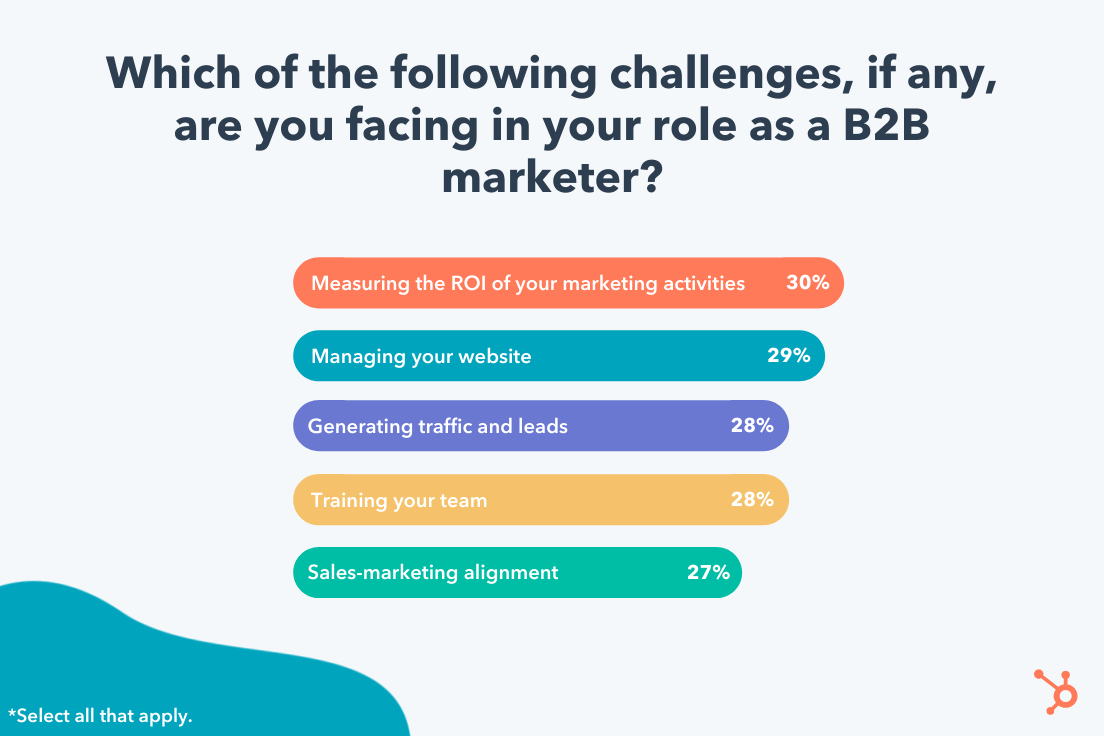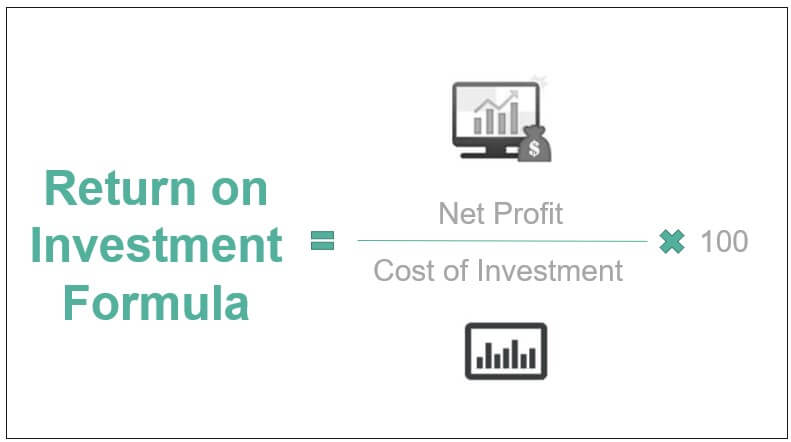When you speak with a digital agency about running your paid acquisition campaigns, such as Google Ads or Facebook Ads, you should hear key metrics like “ROI” and “ROAS” somewhere in the response.
You likely know what ROI (return on investment) stands for, but ROAS (return on ad spend) may be a new one to you if you don’t have experience – or have never hired services – in the paid acquisition industry.
Let’s discuss each separately, and consider when to use one of these metrics over another to determine the success or failure of a project.
Table of Contents
What is “ROI”?
ROI, as mentioned, stands for “return on investment”.
Basically, did you make more money than you spent?
“ROI” is one of the most commonly asked about KPIs, usually by executive teams looking for brass tacks data on paid acquisition campaigns.
The question is often phrased like something like:
“Well, what will be the ROI on that?”
This can be a near-impossible question to answer depending on if you’ve actually run marketing campaign tests or not. Even if you have, calculating ROI remains a top challenge, especially among B2B marketers.

[Photo Credit – HubSpot]
A top tip from HubSpot is to consider A/B testing various marketing activities and tracking ROI to determine which platforms traditionally have the biggest ROI for your business.
This will vary across industries, demographics, and more so it is important to know where your customers are and the right platform to reach them as efficiently as possible.
In marketing, the goal should always be to measure how effort and time-committed move the needle on revenue.
Ideally, you should never try to answer the “What’s the ROI?” question before you have tangible test data.
Without testing and measuring, measuring ROI is just a guessing game.
You should, however, be prepared with numbers demonstrating potential opportunities in the market.
From there, show how you will get there, including costs like agency, SEO platform subscriptions, or personnel fees that could streamline the process. This is a good framework that helps wrap your arm around your actual ROI.
ROI Formula
The formula for ROI is simple:
ROI = (net profit / net spend or cost of investment) * 100
If you spend $10,000 and make $20,000, then this is a 100% ROI because you have made an additional $10,000 from your spend ($20,000 revenue – $10,000 spend = $10,000 profit).
[Photo Credit – WallStreet Mojo]
It is important to note that ROI should be taken off the full expenditure. Different from ROAS, ROI includes costs of software, people, design, and everything else going into measuring this metric.
At the end of the day, true ROI is what tells you if something is successful for your business.
What is “ROAS”?
ROAS is a term that, if you’re in the advertising space, you may or may not already be familiar with.
This is a newer metric in the marketing industry canon and typically offers a more precise KPI than ROI, which provides a broader overview of profitability over a longer period of time.
In essence, ROAS makes it easier to infer clear results from the amount of money you spend.
The formula to calculate ROAS is simple:
ROAS = revenue made from ads / advertising spend * 100
If you make $10,000 and spend $5,000, then your ROAS is 2x or 200%.
As you can see, ROAS is different from ROI in a few major ways:
- ROAS uses revenue, not profit.
- ROAS only takes into account the direct spend, not other costs associated.
In this way, ROAS is a directionally useful metric that tells you if your advertising campaigns are getting you results. They show if your ads are effective in driving impressions, clicks, and ultimately revenue.
What ROAS does not show you is whether your paid advertising department is profitable or effective.
An Example of the Difference Between ROI and ROAS
This is your scenario:
- You make $10,000 in revenue
- You spend $5,000 on ads
- Your personnel, production, and software costs are $3,000
So what’s your ROI and what’s your ROAS?
- ROI is $2,000 / $8,000 * 100 = 25% (positive)
- ROAS is $10,000 / $5,000 * 100 = 200% (also positive)
See the difference? Stick with me.
Here’s another that might help make it clear.
- You make $10,000 in revenue
- You spend $5,000 on ads
- Your personnel, production, and software costs are $7,000
In this scenario:
- ROI is -$2000 / 12000 * 100 = -16% (negative)
- ROAS is still $10000 / $5000 = 200%
In this case, your overall project is not profitable while your ROAS stays the same.
Are ROI and ROAS the Same Thing?
No. ROI and ROAS are not the same things.
Return On Investment shows overall investment including people and tools and other expenses.
Return On Ad Spend looks at your ad spend on specific platforms (outside of tools, employees, and management fees) to calculate if your marketing campaigns were profitable on an ad spend basis alone.
Fahad Muhammad over at PostClick provides a useful summary of the key differences:
Whereas ROI helps you understand long-term profitability, ROAS looks at campaign-specific revenues, rather than profit, as it guides you in optimizing your short-term strategy. To create an effective digital advertising campaign, you’ll need to use both performance metrics.
ROI will give you insight into the overall profitability of your advertising campaign, while ROAS will help identify the exact strategies that help you generate more advertising conversions and revenue.
ROI vs ROAS – Which to Use, When?
Now that you know the difference between ROI and ROAS, which one should you use – and when?
As Fahad explains, ROI is for determining overall profitability. It takes into account ad spend, people spend, and other costs like software.
ROAS is for determining if your ads are working. It is based purely on revenue, not overall profit.
So, for instance, you should use ROI to measure the overall health of advertising departments. You can almost always cut or change things to get advertising departments to profitability.
ROAS is to measure whether ads are making back what they are spending. Good marketing professionals, those like our all-star squad of digital agency partners, can get you back a whole lot more than that.
What additional questions do you have about ROI vs ROAS? Sound off in the comments.

